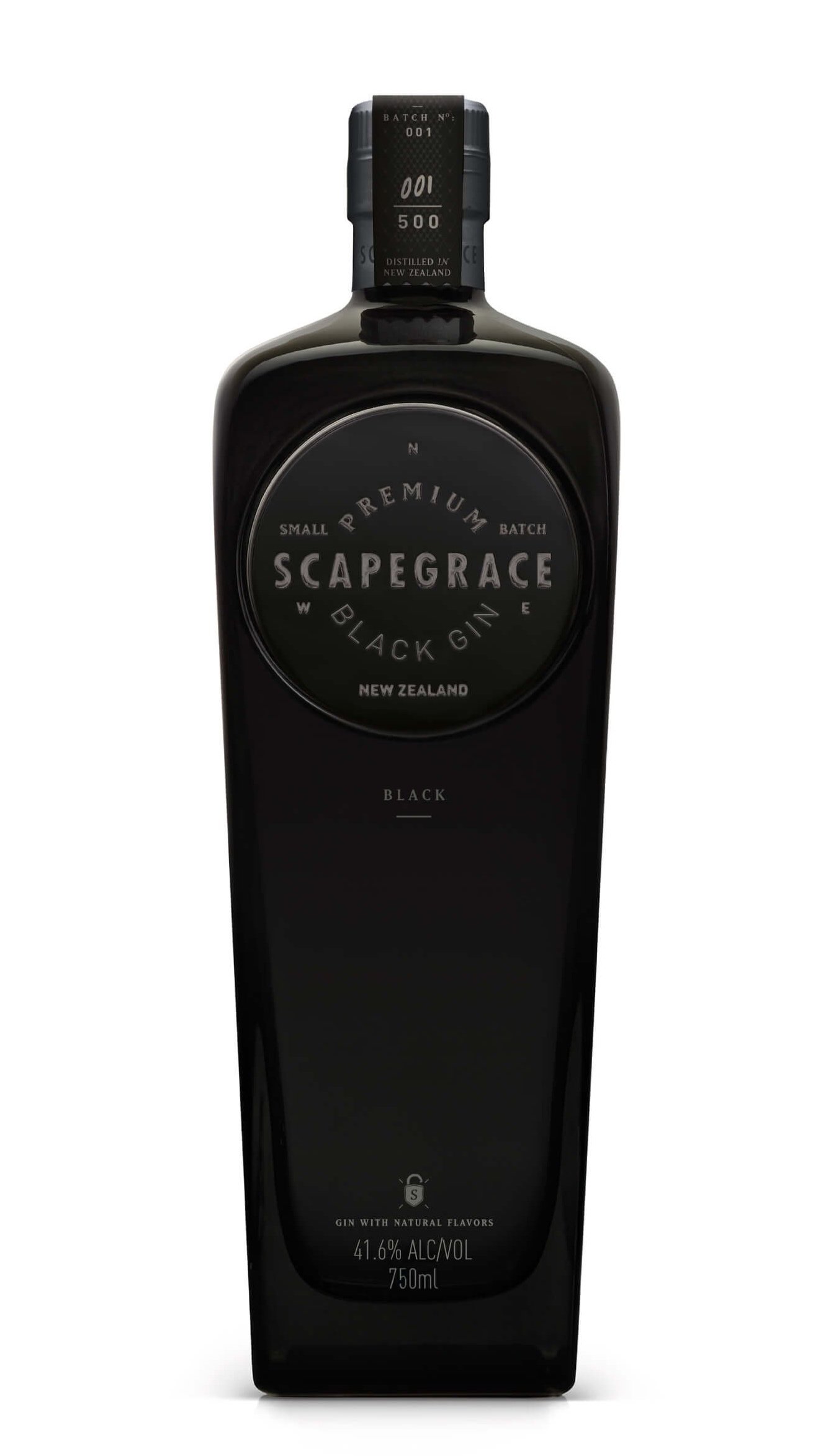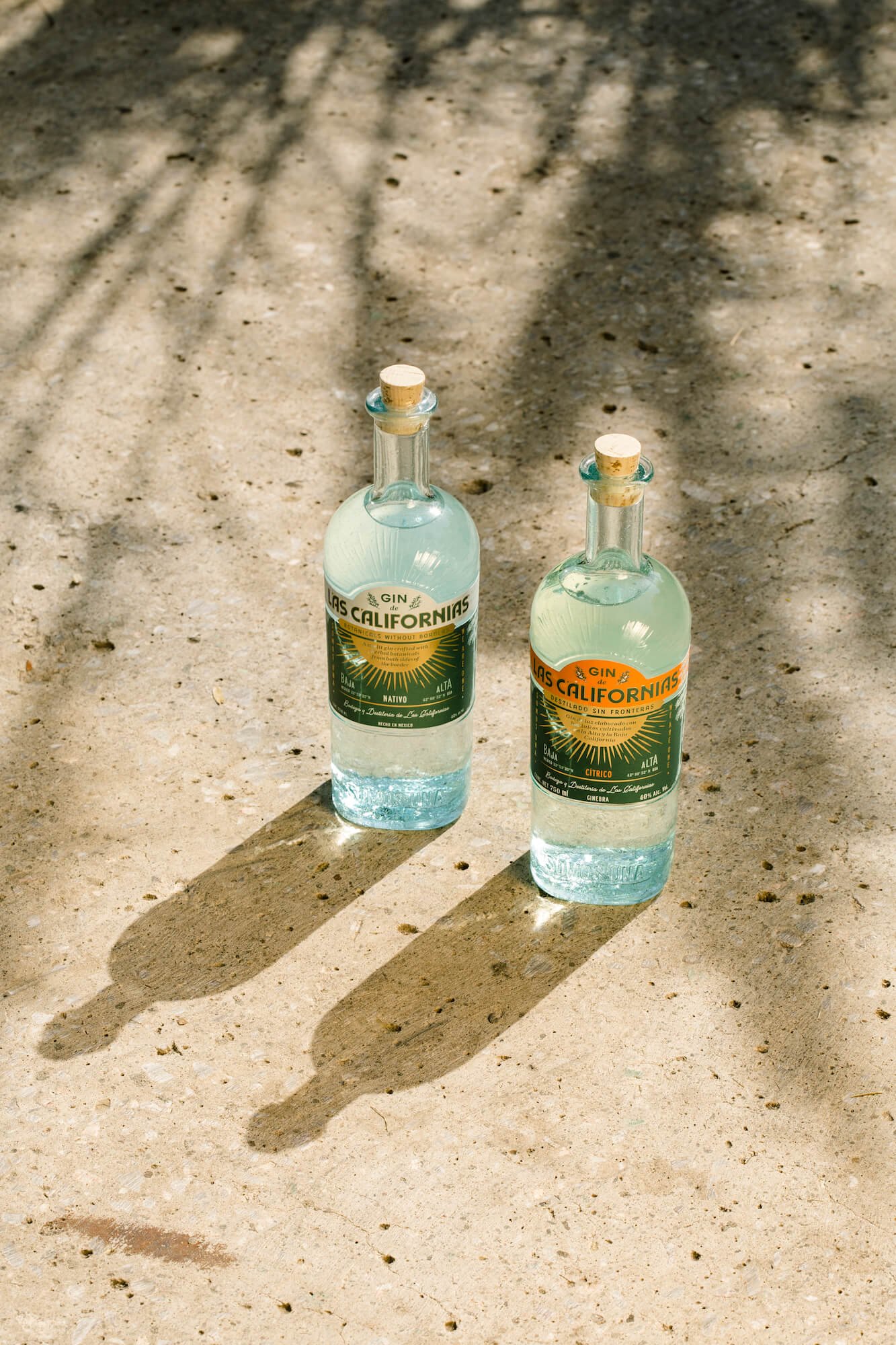How Unique Gin Botanicals Are Bringing Terroir, Taste, and Color
All gin, by definition, contains at least one botanical–juniper. These berries add the piney note that some gin-haters find overpowering, and are most frequently joined by flavorful plants like coriander, angelica, citrus, cassia and its cousin, cinnamon, cardamom, licorice, and orris, the root of an iris. Peppery spices like cubeb, black peppercorns, and grains of paradise, and other warm spices like nutmeg and ginger are also commonly found in gin.
As gin continues to gain popularity globally, folks are adding more things to their gin to provide a different flavor and often a unique terroir or taste of place. Gracias a Dios Agave gin uses 32 botanicals, one from each Mexican state. Brooklyn’s Half Tone Spirits layers in clever ingredients like olive leaf, coffee beans, and hops to create limited edition seasonal gins. The Botanist Islay Dry Gin famously uses a whopping 31 botanicals, including 22 that are locally foraged, for their floral, nuanced elixir. Monkey 47 Schwarzwald Dry Gin from the Black Forest tops that at 47, adding complexity from the likes of lingonberry and lemon balm. French favorite Citadelle recently launched their flower-packed Jardin d’Ete to take the G&T out into the garden. And Japanese gins like Nikka Coffeydelight with aromatic native citrus like yuzu and kabosu.
What follows are a few newcomers and notables–gins that defy the usual categories and bring an extra special something to the mix.
Gin XII
Distilleries et Domaines de Provence makes a gorgeous line of traditional plant-based spirits and liqueurs, including Génépi, the Alpine liqueur made from foraged wormwood flowers, and Rinquinquin, an aperitif macerated from peaches and their leaves. To further celebrate the garrigue, the scrubby vegetation and limestone soil typical of Provence, they launched Gin XII, packed with a blend of local basil, rosemary, eucalyptus, mint, and thyme. Says co-owner Antoine Robert, “Our distillery was created 120 years ago and has always specialized in botanicals, first in traditional products like absinthe and pastis…This area is well known for the quality and diversity of its botanicals…so it was really natural and exciting to make a gin.” Robert himself enjoys his gin as a digestif on ice. “It’s herbal, and floral, and you have a very fresh finish thanks to the mint and the eucalyptus.”
Premium New Zealand distillery Scapegrace recently introduced Scapegrace Black Gin, infused with aronia berry, saffron, pineapple, butterfly pea, and sweet potato, and designed to change color when introduced to acidic cocktail ingredients. “Each of our 5 distinct botanicals play a pivotal role in both [color] and flavor; bringing together notes of sweet, tropical, earthy, floral and savory to create the taste,” says Matt Argenti, Brand Director.
The gin is lots of fun to play with, and makes super instagrammable black—and with the addition of citrus juice—purple and pink cocktails.
Hendrick’s calls out “coastal” botanicals in Neptunia, their latest expression from the 2022 release of limited edition gins known as Cabinet of Curiosities. Inspired by the sights and smells from Master Distiller Lesley Gracie’s rambles on Scotland’s Ayrshire coast, the gin is infused with sea kelp, coastal thyme, and lime, on top of the brand’s signature cucumber and rose botanicals. Don’t be fooled into thinking this is an underwater scuba experience, says Vance Henderson, Hendrick’s National Ambassador. “It’s not so much like taking a deep dive into salinity. We are talking about the magic of the sea.” After enjoying a Neptunia martini paired with oysters, he created the Pearl Diver Martini, a two to one blend of Neptunia and dry vermouth with a vermouth-soaked pearl onion dropped in, which, Henderson says, shows off the gin’s “sturdiness and long citrus finish.”
Common Ground co-founders Julian Peebles and Tory Brown worked in tech for years before launching their Bay Area spirits company in 2019. While waiting for their first batch of bourbon to rest in the barrel for four years, they contracted their distiller to make some sophisticated, and different, gins. Basil and elderflower may sound a bit fluffy, but the flavor profile is based on Peebles’ favorite cocktail, the Flo & Basy, from the now shuttered Dublin restaurant Coppinger Row. Packed with herbaceous and floral notes, with a touch of cool cucumber, the Flo & Basy inspired Common Ground’s Gin Recipe 01. The more savory second gin combines black currants and fresh thyme for an uncomplicated but complex Gin Recipe 02. Says Peebles of their unique choices of botanicals, “I think what we’ve done is try to be fairly direct in our approach, putting in there what needs to be there to bring forth the flavor profile that we're trying to deliver. We are not trying to ‘wow’ you with the number of botanicals.” A close read of the label reveals a secret nod to the 44th US President. To honor Barak Obama, Brown and Peebles bottle their gins at a precise 90.44 proof.
Another pair of gins from California or rather alta and baja California, both are inspired by the terroir and culture of the region and are produced by the Casa Lumbre team and Master Distiller Iván Soldaña who says ““We were inspired by the greater possibilities we uncovered during our creative process: open ideas, cultures coming together, paying homage to histories that transcend today’s manmade boundaries. We hope we captured at least part of these inspirations in Las Californias.” Each expression includes botanicals from California and Mexico, playing to a “borderless” concept. Both have a base with Juniperus californica, an ancient juniper, known for its soft, sweet, piney profile and its hyperlocal origin – it grows only between Hollywood and the Ojos Negro Valley.
Nativo focuses on indigenous botanicals but from a variety of different environments reflecting the state—kelp from the ocean, the woody shrub damiana from the desert along with white sage, and yerba santa, hops and artemisia (the same family as wormwood and mugwort), each sourced from California. The gin has a natural sweetness and herbaceous quality and notes of pepper.
Cítrico speaks more to the culture of California and immigration with citrus leaves and peels, lemongrass, figs, and almonds, apricots and juniper – all grown in modern day California but with roots in the Asia, the Mediterranean and beyond. It has a rich fruitiness and citrus quality.





